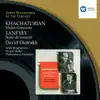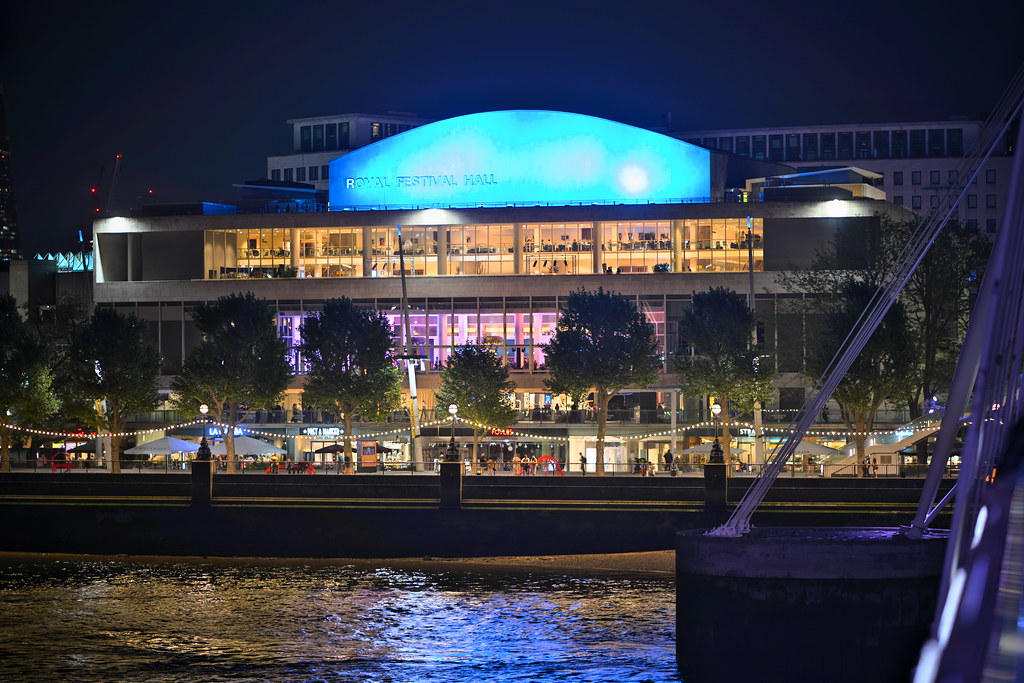Philharmonia Orchestra Biography
The Philharmonia Orchestra is a British orchestra based in London. It was founded in 1945 by Walter Legge, a classical music record producer for EMI. Among the conductors who worked with the orchestra in its early years were Richard Strauss, Wilhelm Furtwängler and Arturo Toscanini; of the Philharmonia's younger conductors, the most important to its development was Herbert von Karajan who, though never formally chief conductor, was closely associated with the orchestra in the late 1940s and early 1950s. The Philharmonia became widely regarded as the finest of London's five symphony orchestras in its first two decades. From the late 1950s to the early 1970s the orchestra's chief conductor was Otto Klemperer, with whom the orchestra gave many concerts and made numerous recordings of the core orchestral repertoire. During Klemperer's tenure Legge, citing the difficulty of maintaining the orchestra's high standards, attempted to disband it in 1964, but the players, backed by Klemperer, formed themselves into a self-governing ensemble as the New Philharmonia Orchestra. After thirteen years under this title, they negotiated the rights to revert to the original name. In Klemperer's last years the orchestra suffered a decline, both financial and artistic, but recovered under his successor, Riccardo Muti, who revitalised the orchestra in his ten-year term from 1972 to 1982. The orchestra's standards remained high throughout the controversial chief conductorship of Giuseppe Sinopoli from 1984 to 1994, and the more orthodox tenure of Christoph von Dohnányi between 1997 and 2008. Esa-Pekka Salonen, principal conductor from 2008 to 2021 was succeeded by Santtu-Matias Rouvali. The Philharmonia has had many celebrated players in its ranks and has commissioned more than 100 compositions. It gives more than 160 concerts a year, tours widely, and from its inception has been known for its many recordings.










































![Stream & download Remember Me (feat. Philharmonia Orchestra) [Original Soundtrack]](https://is3-ssl.mzstatic.com/image/thumb/Music/v4/27/a9/c6/27a9c685-1301-1e8f-cc51-1aec2cf49b59/888174050638.jpg/100x100.webp)
































![Stream & download Fanfare for the Common Man (Version of Symphony No. 3, Fourth Movement) [Excerpt]](https://is4-ssl.mzstatic.com/image/thumb/Music/01/20/bc/mzi.boyjdpsq.jpg/100x100.webp)



































